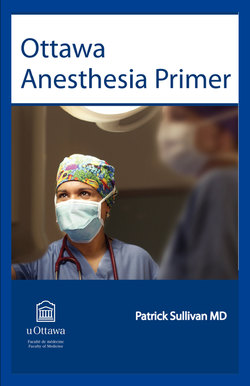Читать книгу Ottawa Anesthesia Primer - Patrick Sullivan - Страница 53
На сайте Литреса книга снята с продажи.
ОглавлениеFig. 5.5 Venous anatomy of the upper limb.
Placement of the Intravenous:
Many operating rooms are configured such that the anesthesiologist is closest to the patients left side. As such, the patient’s left hand and forearm are preferentially used for intravenous access. Securing intravenous access closest to the anesthesiologist permits easy access to the site and the ability to monitor the intravenous site should the catheter become interstitial during the procedure. Exceptions to using the left upper extremity for intravenous access include procedures involving the left arm, previous axillary dissection (e.g., mastectomy), the presence of an arteriovenous (AV) fistula for dialysis, and poor venous anatomy.
Factors affecting the choice of location for intravenous access include:
1 Patient preference
2 Venous anatomy
3 Short-term use (e.g., day surgery). In this case, dorsal hand veins are suitable.
4 Intravenous access is needed for several days. In this case, mid-forearm veins provide an ideal location. Forearm intravenous catheters permit freedom of movement of the patient’s arm without occlusion when the arm is flexed.
5 Rapid fluid or blood product administration is required. In this case, the cephalic and basilic veins located in the anti-cubital fossa are larger caliber veins that can be catheterized. Maintenance of an anticubital catheter is more problematic postoperatively as occlusion frequently occurs when the patient’s arm is flexed. This can trigger the intravenous infusion pump alarm and disturb the patient’s sleep and recovery.
